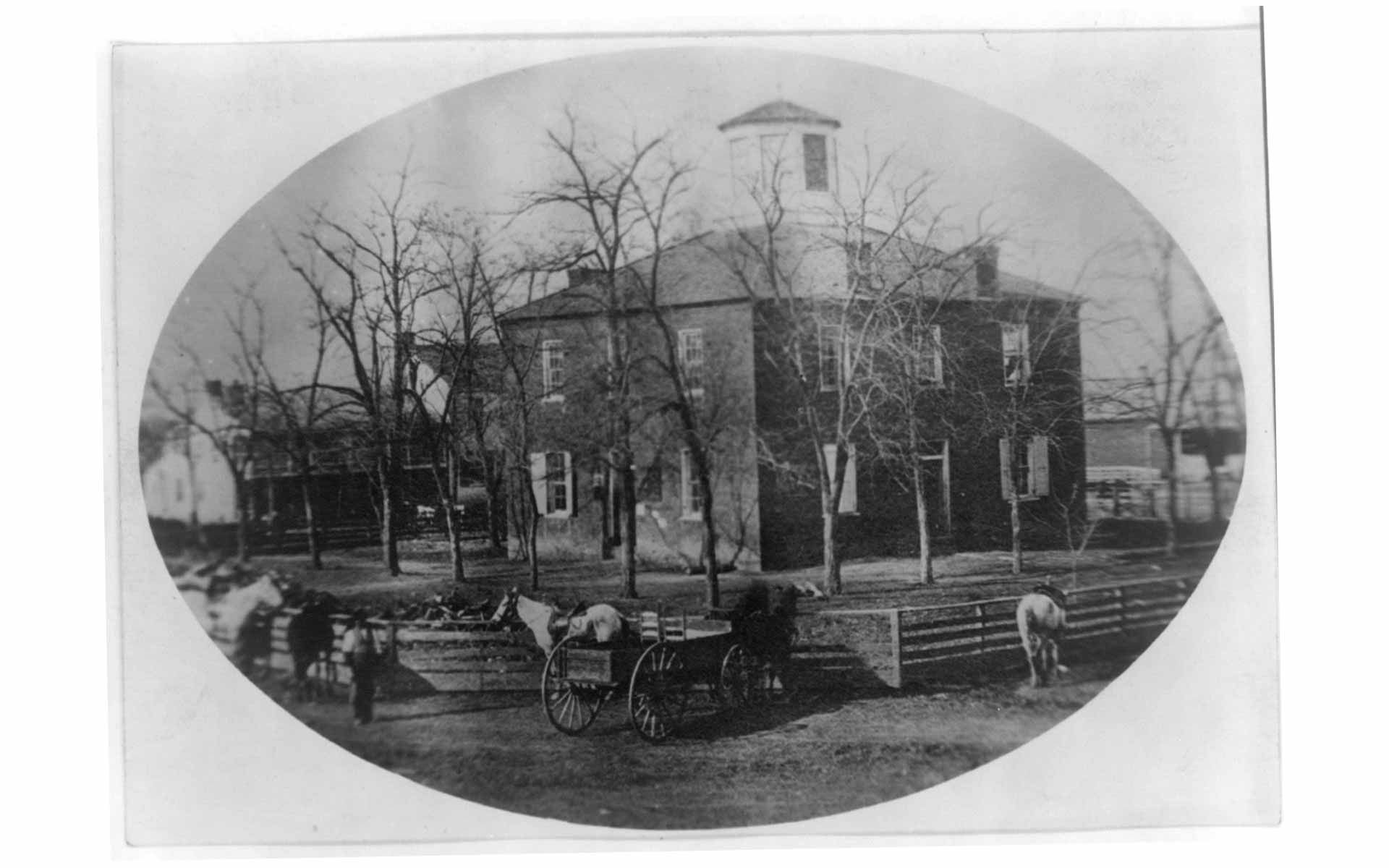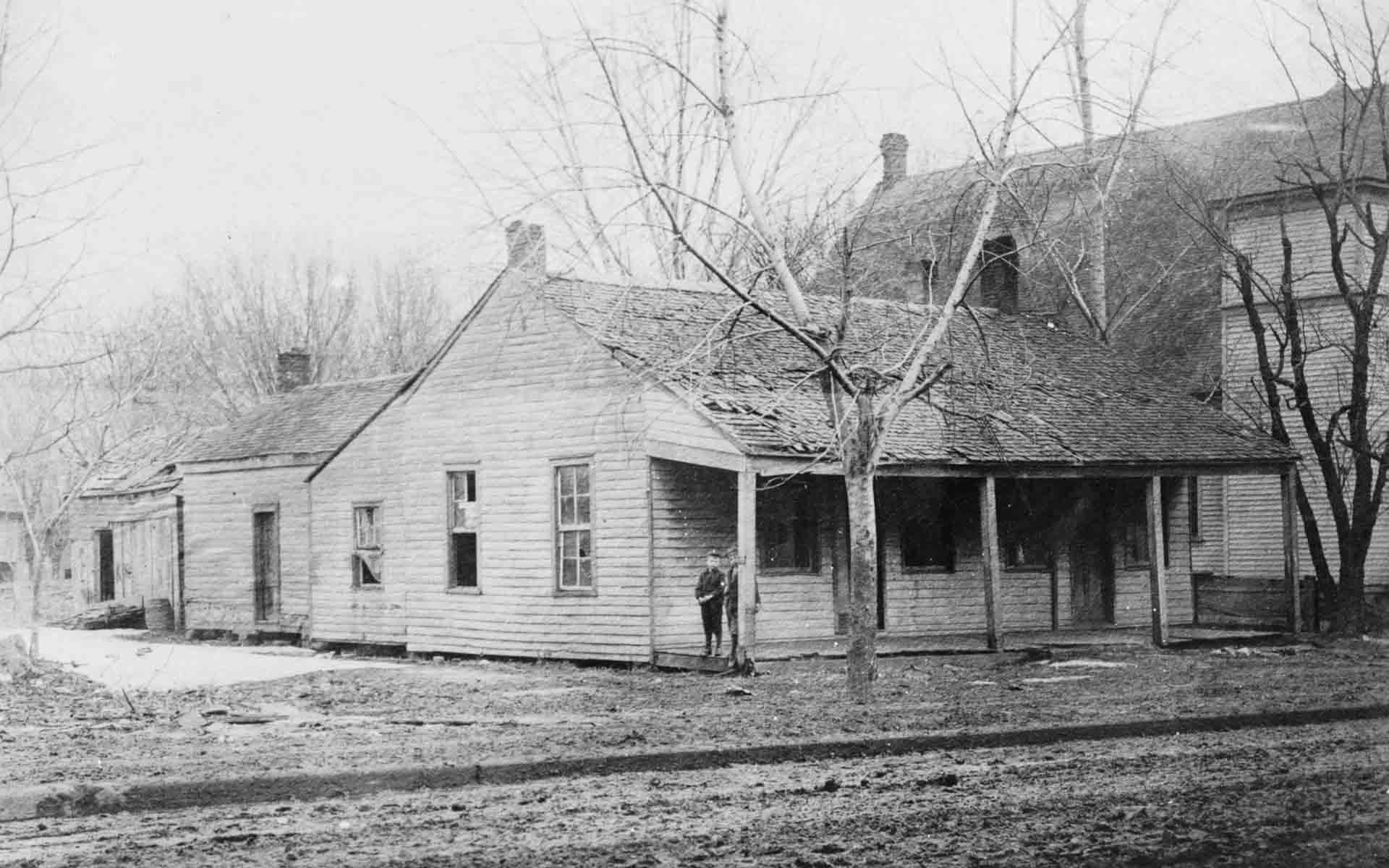
A Brief History of Franklin County, Illinois
by John Gulley
Today, Franklin County, Illinois is one of 102 counties in the State of Illinois. With a total estimated population of around 40,000i hard-working, generous people, the county ranks in the top half of counties in Illinois by population.ii When Franklin County was founded in 1818iii, however, the county was nothing more than a frontier outpost poised to serve as a witness to the growth of a great state and nation.
Prior to Illinois becoming a state in 1818, the territory that is now Franklin County was at one time part of the State of Virginia; Knox County, Indiana; and St. Clair, Randolph, Gallatin, White, and Jackson Counties in Illinois. From 1818-1839, Franklin County encompassed the territory that includes present-day Williamson County. While Franklin County was established by the Illinois General Assembly on January 2, 1818, the county as it stands in its current form began on February 28, 1839.iv
The first known inhabitants of the Franklin County area were pre-historic Native Americans. In the historic era, the southern Illinois region was occupied mainly by members of the Illini Confederation—including the Kaskaskia and Tamaroa Indians—and the Shawnee Indian tribe.v In 1802, the tribes met in a battle west of present-day West Frankfort. Both tribes suffered heavy losses. After the battle, so few Tamaroa remained that they merged with the Kaskaskia, and the Illini Confederation placed themselves under American protection.vi
The first white settlement occurred in 1804 southeast of present-day Thompsonville. Families from Tennessee—including the Jordan, Browning, Barbrey (alternatively spelled “Barberry”vii), and Estes families—built a small settlement near the present-day Liberty Church. At this time, the Shawnee Indians, having driven out the Kaskaskia a few years prior, were attempting to drive white settlers from the area. Governor Ninian Edwards advised every settlement to construct block houses or forts to protect themselves from hostile tribes.
One such fort was built on high ground to the east, and it was known as Francis (or Frank) Jordan’s fort. The area surrounding the fort would eventually become known as Frankfort.viii The original, temporary county seat was located in the home of Moses Garretix approximately 3 miles east of Frankfort Heights.x A few years later, the county’s first dedicated courthouse—a 20 x 30 brick building—was built at Frankfort Heights.xi
In 1841, the county seat was moved north, and the town of Benton (named for Missouri Senator Thomas Hart Bentonxii) was established on land donated for that purpose by John Ewing and Walter S. Akin.xiii Akin was a veteran of the War of 1812; was one of the original settlers of Eastern Township;xiv and would later represent Franklin County as county judgexv and representative to the Illinois General Assembly.xvi Ewing later became captain of Company K, Second Regiment of Illinois volunteers during the Mexican-American War. Ewing died at Tampico, Mexico in 1849xvii, and the community of Ewing was named in his honor.xviii
The first courthouse in Benton was built in 1841, and it burned two years later. The current courthouse was built in 1875 at a cost of $25,000.xix The courthouse is constructed of bricks that were made in the “Boneyard Woods” area of Benton, and the stone came from the northwest edge of Benton.xx County offices moved into the building on September 2, 1875.xxi

No history of Franklin County would be complete without telling the story of coal and coal mining. The first coal discovered in Franklin County was found in a thin outcrop along Andy’s Creek near Buckner. Approximately 1,100 tons of coal was mined from this outcrop between 1882 and 1892.xxii The first mines to appear in state records were in sections 16 and 21 of Ewing Township, and were active from 1889-1893.xxiii Coal began to experience a boom in Franklin County in the first decade of the 20th century, when 14 mines were sunk between 1904 and 1910.xxiv In total, there have been 40 active mines in Franklin County since mining began in 1882.xxv The mines created thousands of jobs throughout the history of the county, and they contributed valuable tax revenue that allowed for the construction of quality schools, roads, and other public works programs.
Mining also created a unique culture and sense of pride that remains in the county today. There is still an active mining operation at the M-Class Mining MC #1 Mine in the eastern part of Franklin County. As a result of the coal boom, immigration has been a big part of Franklin County’s development. Between 1910 and 1920, Franklin County’s population jumped from approximately 26,000 to 57,000 people. The majority of this population spike can be attributed to immigration due to the coal industry. At its peak, over 65% of the county’s residents were immigrants.xxvi
Another highlight in Franklin County’s history is the development of Rend Lake. Rend Lake is the second largest man-made lake in the State of Illinois, with nearly 19,000 acres of water and 162 miles of shoreline.
The lake supplies 300,000 people throughout Southern Illinois with nearly 15 million gallons of fresh drinking water each day.xxvii Congress authorized the construction of Rend Lake with the Flood Control Act in October 1962.xxviii The passage of the act was spearheaded by Congressman Ken Gray of West Frankfort. Today, Rend Lake hosts millions of visitors from across the country each year for boating, camping, fishing, golf, hunting, and other outdoor recreation opportunities.<br></br>
Today, the coal industry, boat manufacturing, and recreation and tourism remain important industries in Franklin County. The people of this county remain proud of our heritage, but continue to look toward the future.
“FRANKLIN COUNTY: WHERE HISTORY AND PROGRESS MEET”